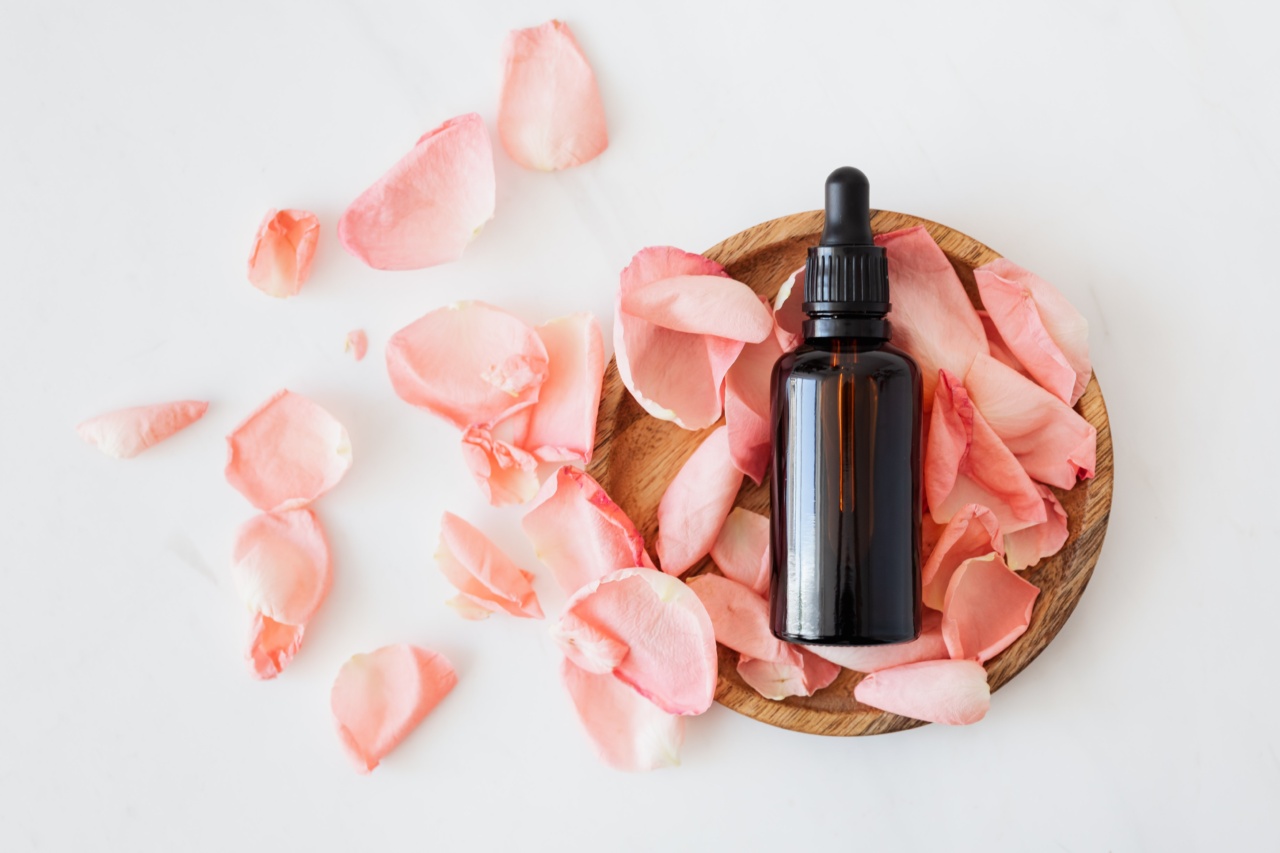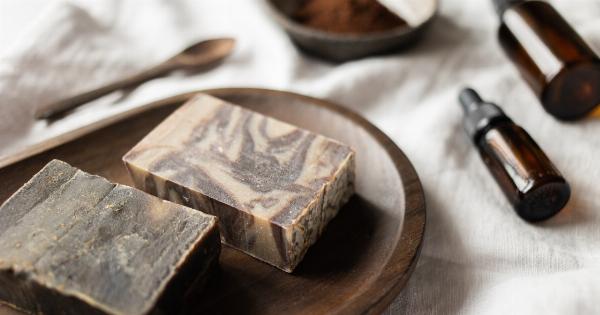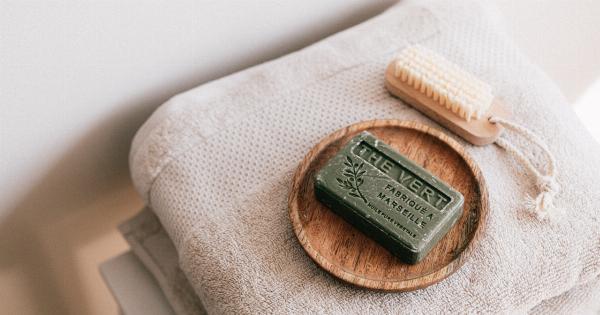Cellulite refers to the dimpled appearance of the skin, often found on the buttocks, thighs, and hips. It is caused by the accumulation of fat deposits beneath the skin surface, resulting in a lumpy and uneven texture.
Cellulite affects people of all ages and sizes, and it is not directly related to weight or body fat percentage.
Understanding Lemon Oil
Lemon oil is a natural essential oil extracted from the peel of lemons. It is known for its refreshing citrus scent and numerous health benefits.
Lemon oil contains a high concentration of D-limonene, a powerful antioxidant that possesses anti-inflammatory and detoxifying properties. These properties make lemon oil an excellent addition to your skincare routine, specifically when targeting cellulite.
Lemon Oil Benefits for Cellulite
Lemon oil offers several benefits when used for cellulite reduction:.
1. Stimulates Circulation
Massaging lemon oil onto cellulite-affected areas can help stimulate blood circulation. Improved blood flow assists in the elimination of toxins and promotes the breakdown of fat deposits, reducing the appearance of cellulite.
2. Detoxifies the Body
The detoxifying properties of lemon oil aid in the removal of toxins and waste materials from the body. This can help reduce fluid retention, which often contributes to the formation of cellulite.
3. Tightens and Tones the Skin
Lemon oil possesses astringent properties that help to tighten and tone the skin. Regular application of lemon oil can improve the elasticity of the skin, making it appear smoother and firmer, thus reducing the appearance of cellulite.
4. Breaks Down Fat Deposits
D-limonene, the primary component of lemon oil, has been found to promote the breakdown of fat deposits. Massaging lemon oil onto cellulite-affected areas can help target and break down these stubborn fat cells, leading to a reduction in cellulite.
5. Improves Skin Texture
Due to its exfoliating properties, lemon oil can help improve skin texture. Regular massage with lemon oil can remove dead skin cells, unclog pores, and smoothen the skin’s surface, enhancing its overall appearance.
How to Use Lemon Oil for Cellulite Reduction
Follow these simple steps to incorporate lemon oil into your cellulite-reducing routine:.
1. Dilute the Oil
Since lemon oil is highly concentrated, it is crucial to dilute it before applying it to the skin. Mix a few drops of lemon oil with a carrier oil such as coconut oil, almond oil, or jojoba oil.
Diluting the oil helps prevent skin irritation and sensitivity.
2. Conduct a Patch Test
Prior to using lemon oil on a larger area, perform a patch test to ensure you are not allergic to it. Apply a small amount of diluted lemon oil to a small patch of skin and wait for 24 hours.
If any redness, itching, or irritation occurs, refrain from using lemon oil topically.
3. Massage the Oil onto Cellulite-Affected Areas
Take a few drops of the diluted lemon oil mixture and gently massage it onto the areas affected by cellulite. Use circular motions and apply a moderate amount of pressure.
Massage for about 10-15 minutes to stimulate blood circulation and aid in the absorption of the oil.
4. Leave the Oil on the Skin
Once you have completed the massage, leave the oil on the skin for at least 30 minutes to allow it to penetrate and work its magic. For best results, cover the massaged areas with a warm towel or wrap to retain heat and enhance absorption.
5. Rinse off or Cleanse the Skin
After the recommended waiting time, you can choose to rinse off the oil or cleanse the skin using a mild cleanser or warm water. Gently pat dry to avoid any harsh rubbing that could irritate the skin.
6. Repeat Regularly
Consistency is key when using lemon oil for cellulite reduction. Repeat the process at least twice a week to experience noticeable improvements in the appearance of cellulite over time.
Additional Tips and Precautions
Here are some extra tips to maximize the effectiveness of lemon oil for cellulite reduction:.
1. Maintain a Healthy Diet and Exercise Routine
While lemon oil can aid in reducing cellulite, it is essential to lead a healthy lifestyle. Incorporate a nutritious diet and regular exercise into your routine to complement the effects of lemon oil massage.
2. Hydrate and Drink Plenty of Water
Staying hydrated is crucial for overall skin health. Drinking an adequate amount of water helps flush out toxins and keeps the skin supple and hydrated.
3. Combine Lemon Oil with Other Essential Oils
Lemon oil can be combined with other essential oils known for their cellulite-reducing properties. Some options include grapefruit oil, juniper berry oil, rosemary oil, and cypress oil.
Experiment with different combinations to find the one that works best for you.
4. Avoid Sun Exposure After Application
Lemon oil can make the skin more sensitive to sunlight. To prevent any potential skin damage, avoid prolonged sun exposure immediately after applying lemon oil to the skin.
5. Consult a Professional
If you have any underlying skin conditions or concerns, it is recommended to consult with a dermatologist or healthcare professional before incorporating lemon oil into your skincare routine.
Conclusion
Lemon oil provides a natural and holistic approach to reducing the appearance of cellulite. Its stimulating, detoxifying, and toning properties make it an effective addition to your skincare routine.
By regularly massaging lemon oil onto cellulite-affected areas, you can improve circulation, break down fat deposits, and achieve smoother, firmer skin. Combine this with a healthy lifestyle, and you’ll be on your way to reducing cellulite and boosting your overall confidence.





























